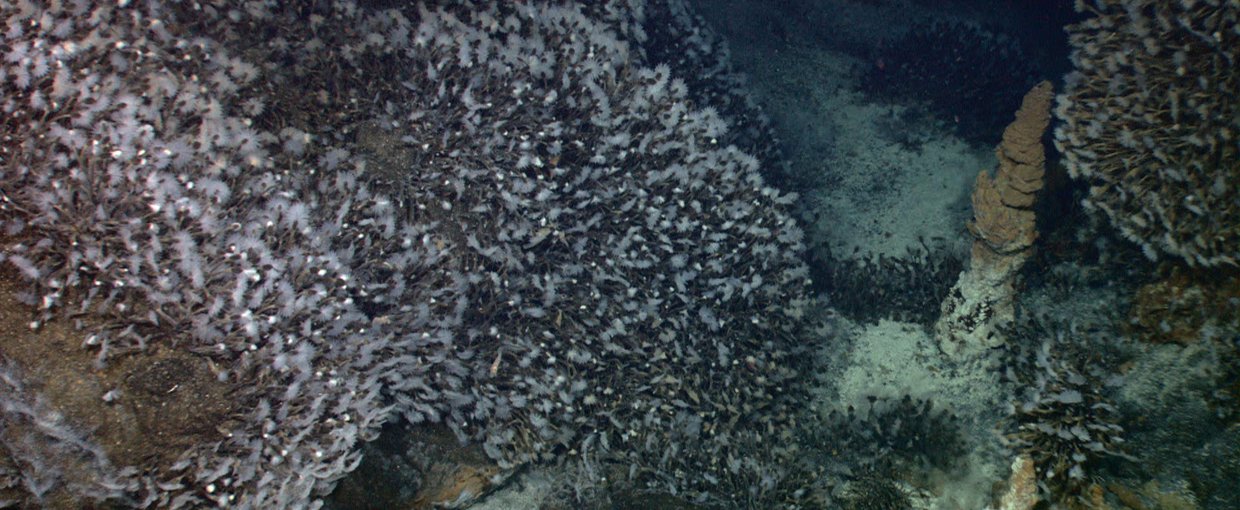
Barnacles — a type of marine crustacean — are highly adaptable animals. Unlike many other groups that prefer quieter waters, they like areas with a lot of activity, are hardy against dry spells that sometimes occur in tidal zones, and can even persist in waters that are becoming more acidic due to human pollution.
Our solar system is full of icy moons – for example, Jupiter’s Europa or Saturn’s Enceladus — that likely have global oceans under their crusts. Finding out how species on Earth exist in harsh environments could help scientists understand ways life might colonize the Outer Solar System.
“If the ecosystems there function in a similar way to the ones we have on Earth, we would expect similar processes,” said Santiago Herrera, a postdoctoral fellow in biology at the University of Toronto in Canada.
At the time he did his research on barnacles, he was obtaining his joint doctorate in biological oceanography at the Massachusetts Institute of Technology and Woods Hole Oceanographic Institution. The outcome of Herrera’s barnacle research was published in January 2015 in the journal Molecular Ecology, titled “Evolutionary and biogeographical patterns of barnacles from deep-sea hydrothermal vents.”
Herrera’s research centered on how barnacles distribute themselves in time and space. Part of his interest was driven by the effects humans may have on these marine creatures through pollution, deep-sea mining and disruption of climate patterns. But Herrera and his team was also interested in how barnacles distribute themselves in deep-sea vents, such as those found in the Pacific and Indian oceans.
Vents are considered a proxy of the extreme conditions that might comprise an extraterrestrial habitat. Because vents often contain energy and chemicals spewing from beneath the surface, they can act as a catalyst for organisms seeking life.
To gain more information about how the barnacles are distributed, Herrera’s team examined roughly 20 years of samples from different expeditions. All told, they had more than 100 specimens collected from several dozen vent fields worldwide.
The work was partially funded by the Astrobiology Science and Technology for Exploring Planets element of the NASA Astrobiology Program.
